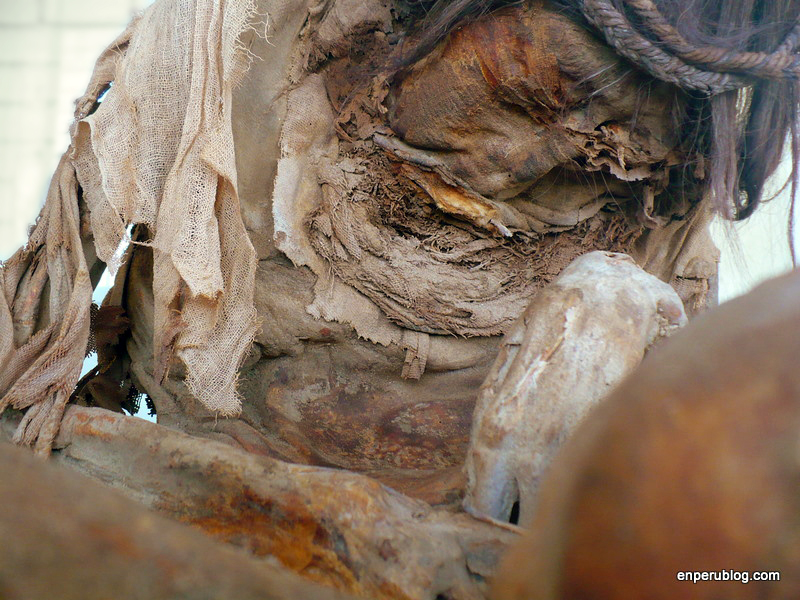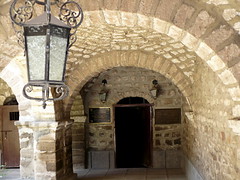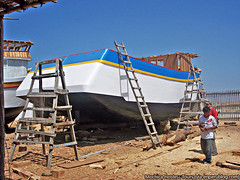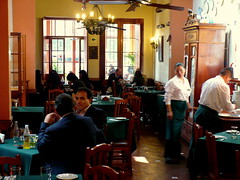The Nazca Civilisation

Descended from the older Paracas civilisation, the Nazca are of course most famous for their countless mysterious lines drawn in the rocky desert plains in which they lived. They were also great water engineers, creating a series of complex aqueducts.
When you think of the Nazca, you think of their mysterious geometric shapes and lines in the desert, which were seemingly important enough to dedicate such huge amounts of time and resources to create.
From their capital city of Cahuachi, archaeologists have gleamed far more information about this pre-Incan people. This city was of immense, memorising proportions. Most estimates put the terrain it covered at as much as 24km2, that’s, dare I mention it, bigger than Chan Chan, built centuries later. It stretches along the sandy slopes overlooking the fertile valley, in a line that is, by my estimate, about 12km. Here you’ll find dozens of pyramids, broken pottery scattered across the desert and textiles just beneath the surface.
What was found here told us that the Nazca were descendants of the older Paracas culture, continuing their production of some of the most complex and creative textile patterns in the Andean world, and continuing and improving upon their ceramic production techniques, creating new methods to produce colourful and more realistic decoration.
From their ancient burial ground of Chauchilla, we learn that far from being small, the average Nazcan was 1.7m or 5.57ft tall. They also sported long thing dreadlocks that reach the floor.
Other than the fascinating lines, or the huge ceremonial city of Cahuachi, the Nazca are also famous for their complex underground aqueducts, bringing water to the more arid parts of their world. Wells leading down into them are found at Cantalloc, near the much later Inca ruins of Paredones, eventual rulers of this land.
Tags: aqueduct, cahuachi, cantalloc, ceramics, chachilla, chan chan, nazca, nazca culture, nazca lines, paracas culture, pyramids, textiles










